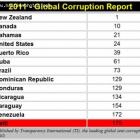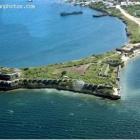ADVERTISEMENT
Henri Christophe
Who is Henri Christophe?
He was Provisional Chief of the Haitian Government from October 17, 1806 to February 17, 1807. He became Governor-General for Life of Saint-Domingue from July 7, 1801 to May 6,1802.
Born on the island of Grenada, Henri Christopher was a slave, a cabin boy in British territory that was sold to French ships, and finally a king.
In March 1811, Henri became the official crowned King of Haiti to rule the Northern area. He was a good administrator who created an atmosphere of work, discipline and introduced a system of education in his empire. In his kingdom, he took a series of good administrative measures and put nobility in an order. He had 14 knights, 39 barons, and 22 counts, 4 princes, and seven dukes. He built the Citadel Laférrière, to prevent any comeback of the French. He propagated the idea of exodus for the U.S slaves and blacks to settle in Haiti which was further carried on by his successor Jean-Pierre Boyer and Emperor Faustin Soulouque and Fabre Nicolas Geffrard. He is credited with the creation of the magnificent royal residence San Souci (where he died), established an aristocracy, and created a court which was as elegant and lavish to the contemporary European courts.
In August 1820, he was physically paralyzed by a stroke, could not face a military rebellion that sparked on October 2, 1820, and committed suicide within a few days. The facts of Christophe's early life are questionable and confused; there is a confusion over his exact year of birth between 1757 and 1767.
The royal declaration by Henri Christophe in 1821
This is the actual declaration by Henri Christophe in 1821.
Henri Christophe, the President of Haiti (February 17, 1807 to March 28, 1811) and the king of Haiti (March 28, 1811 to October 8, 1820) was the son of a slave. During his lifetime, he has worked as a waiter, mason, sailor , billiard-marker, stable-hand and a drummer boy. He managed a hotel restaurant in Cap-Français, entered the army and achieved the rank of officer. By 1802, he was a general under the command of Toussaint. In 1811, he became King of Haiti. In 1811 Christophe changed Northern Haiti from a republic to a kingdom and had made himself the crowned King Henri I. He is mostly remembered for the citadels and fortresses he built, but his organizational and administrative brilliance is mostly overlooked. He created an atmosphere of work, discipline and introduced a system of education in his empire. As the king of Haiti, he took his responsibility seriously and declared Catholicism as the official religion of his country, although other beliefs were respected. He introduced a monetary system which is not much different from the present one. He had a grand engraved armorial coat of arms at head of caption title: two crowned lions holding a crowned shield, with a phoenix and with a scroll reading "am reborn from my ashes"" and another scroll underneath the lions reading"God my cause and my sword". The royal declaration represented a protest against the French plan to reconquer the former colony of Saint-Domingue, even as diplomatic negotiations were underway.
Marie-Louise Coidavid, wife of Henri Christophe
Here is a picture of Marie-Louise Coidavid.
Marie-Louise (May 8, 1778 - 1851), the wife of Henry Chrystophe was born into a free black family. Her father was a hotel owner. She was married to Henry in 1798. In 1811, when the kingdom of Haiti was created, Marie-Louise was given the title of "Queen", and she took that responsibility seriously. In 1820, when Henry committed suicide as he could not face a military rebellion with his paralyzed body caused by a stroke, Marie-Louise, his widow, was allowed to leave Haiti with her two daughters. After the death of her husband, Marie remained in the palace with her daughters until Henry's followers escorted them out of the palace with the corpse of her husband. Henry's successor Jean-Pierre Boyer offered her help and protection, but she refused. They travelled to London (there was a rumor that her husband left three million money deposited somewhere in Europe) and then moved to Pisa where they found the climate more salubrious. However, both of her daughters were sick and died prematurely. After their death, she wrote to Boyer, requesting permission for returning to homeland. But Boyer heartlessly ignored her and in 1851, she died alone in exile.
Sans-Souci Palace, also called Chateau de Sans-Souci
Sans-Souci Palace, also called Chateau de Sans-Souci of Henri Christophe
The Sans-Souci (or Carefree in English) Palace was the Royal residence of Henry Chrystophe (who named himself King Henry I), of Haiti. Its construction was completed between 1810 and 1813. It is located in the town of Milot, Nord Department, near the famous mountaintop fortress Citadelle Laferrière or, Citadelle, also built by Henry Chrystophe. In a severe earthquake in 1842, a major part of the palace was destroyed. During its heydays, Sans-Souci palace was compared to Versailles in France. Henry Christophe was a former slave and a self educated person. He built the palace under a program to demonstrate foreigners like Europeans and Americans, the power and capability of the black race. Incidentally, the palace shares its name with one African slave revolutionary leader, Colonel Jean-Baptiste Sans Souci. In 1982, UNESCO designated both Citadelle Laferrière and Chateau de Sans-Souci (carefree country house or castle) of Henry Chrystophe as World Heritage Sites.
Prince Jacques-Victor, Son of Henri Christophe
Here is a picture of Prince Jacques-Victor who is the Son of Emperor Henri Christophe.
His parents were slaves who were brought with thousands of other West Africans to work in the sugar industry in Grenada, run by the fierce and gritty English. His determined revolutionary nature had deep roots in his African ancestry. In any event, he reached Haiti sometime in his teens and started his career as an assistant cook in a hotel in the neighborhood of Petite Anse. During his life he has worked as a mason, billiard-marker, waiter, sailor and stable-hand. In 1779, he enlisted himself in the French force to participate in the War of American Independence and served as a drummer boy with a regiment described as gens de couleur. He was married to Marie-Louise Coidavid and had four children, of whom, his son Franz Ferdinand later died of hunger in the House of Orphans in Paris.
Henry Christophe was a leader in the war of Haitian independence (1791-1804) and later the president (1807-11) and self-proclaimed King Henry I (1811-20) of northern Haiti. He took his responsibility seriously and declared Catholicism as the official religion, although other beliefs would be tolerated. He was determined to improve all aspects of life in the northern province. Some of his major concerns were the defense of his country from internal and external aggression, education, creation of a first black kingdom in the western hemisphere. On March 28, 1811, he declared Haiti a kingdom, and proclaimed himself as "King Henri I". He offered Alexandre Petion, the ruler of the south, to absorb into his kingdom, but Petion never accepted till his death in 1818. He built a huge fortress "la Ferriere," (the blacksmith's pouch), on a mountain peak overlooking the Le Cap harbor. During his reign, Christophe introduced a monetary system based on gourds (predecessor to the current money). In 1820, when he was paralyzed by a stroke, could not face a revolt that spread with the news of his infirmities. He committed suicide on October 6, 1820.
Letter from Henri Christophe to Governor Toussaint Louverture, 1802
Here is a letter written by Henri Christophe as Generale De Brigade of North of the country to Toussaint Louverture who was the Governor of Saint-Domingue(Haiti) in 1802
Henry Christophe was a self educated person who learned everything from own experience. He was born in a slave family in 1767, never went to school. Christophe had always maintained a mission to eradicate slavery and build Haiti into a strong country. He was born in a time when the French, Spanish and English all had an interest in the island and the tormented slaves were desperately rebelling for their freedom. The facts of his early life are debatable to the historians who believe that they were issued and publicized on his own order with convenient citation of birthplace (Grenada, a British colonial acquisition in the Lesser Antilles) and date. Some of them believe that he was born free, but became enslaved as a youth.
Burial place of King Henri Christophe
This is a possible place where King Henri Christophe was buried
Who is Henri Christophe
Henri Christophe (born October 6, 1767, died October 8, 1820), a freed black slave, was one of the great Haitian revolutionary leaders, an aid of Toussaint L'Ouverture and was the army chief of Dessalines (1805) in the capturing of Santo Domingo. He is also remembered as the most famous monarch that Haiti ever had. He was only 21 years old when he became the lieutenant of Toussaint, and fought the army of Napoleon during the War of Independence. Henri waged a savage and inconclusive struggle with Alexandre Pétion, the mulatto supreme who retained control of southern Haiti. He was one among the key players in the 1791 slave uprising in Haiti, including the decisive battle at Vertières in November of 1803 that drove away the French out of Haiti. After the death of Emperor Jean-Jacques Dessalines in 1806, Alexandre Sabès Pétion became the president of Southern Haiti and Henry was the ruler of the north part of Haiti.
The 14-year-old drummer boy, Henri Christophe in Savannah battle
Here is a picture of the Statute to Honor Haitian Soldiers in the battle of Savanah, Georgia. The statute includes the 14-year-old drummer boy, Henri Christophe.
Even before his days of fame began in the Haitian Revolution, Haiti's one-time king, Henri Christophe, was featured in another battle, this time at the age of only 14, the Savannah battle. Part of the American Revolution, the battle was fought by American soldiers along with some 750 free Haitian men whose contribution had been ignored for a long time after. In 2002, officials in North Miami took steps to commemorate the Haitian soldiers with a monument of the former Haitian king. Behind him were placed figures of the other soldiers present in the battle.
Henri Christophe as Henri I, King of Haiti
On 26 March 1811, Henri Christophe became King of Haiti by creating a kingdom in the North and had himself proclaimed Henry I, King of Haïti.
While it is only speculated, the idea that Haiti's King Henri I, Henri Christophe, was not even from the country (scholars think he was from Grenada), has long prevailed. Whatever his origins, he would become ruler of Haiti after working as a sailor, a waiter, a mason, and in other, various fields of manual labor. It was during the Haitian Revolution that he rose like the proverbial cream, when he became the brigadier general for the revolution's hero, Toussaint L'Ouverture, in 1802.
Sans-Souci Palace of King Henri Christophe
Here is a picture of the majestic Sans-Souci Palace of King Henri Christophe in Milot.
One of Haiti's most fascinating ruins is the home of King Henri Christophe called Sans-Souci Palace. Iit took its name from one of Haiti's leaders of the revolution, Colonel Jean-Baptiste Sans Souci. Accessed by way of Cap-Haitien, the palace is off the beaten path most traveled by many tourists. Because of this almost-remoteness, it has remained a well-preserved relic of days gone by. It is believed that its beautiful architecture was inspired by the great palace in Potsdam of the Prussian emperor Frederick the Great.

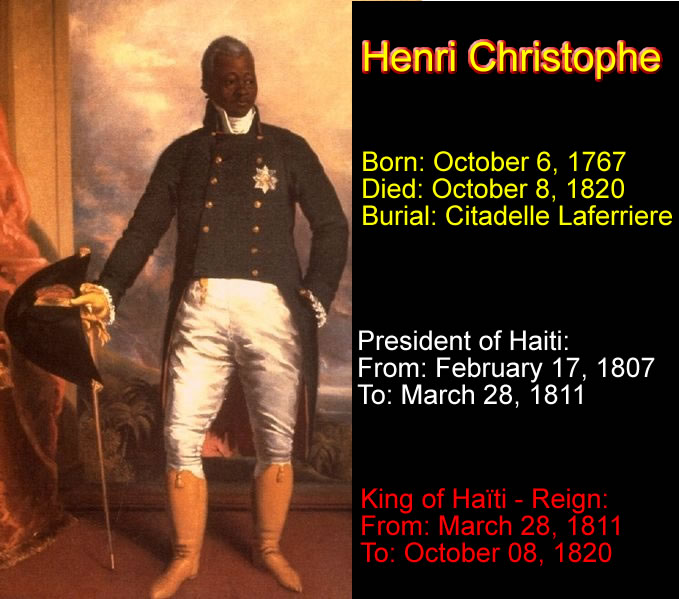
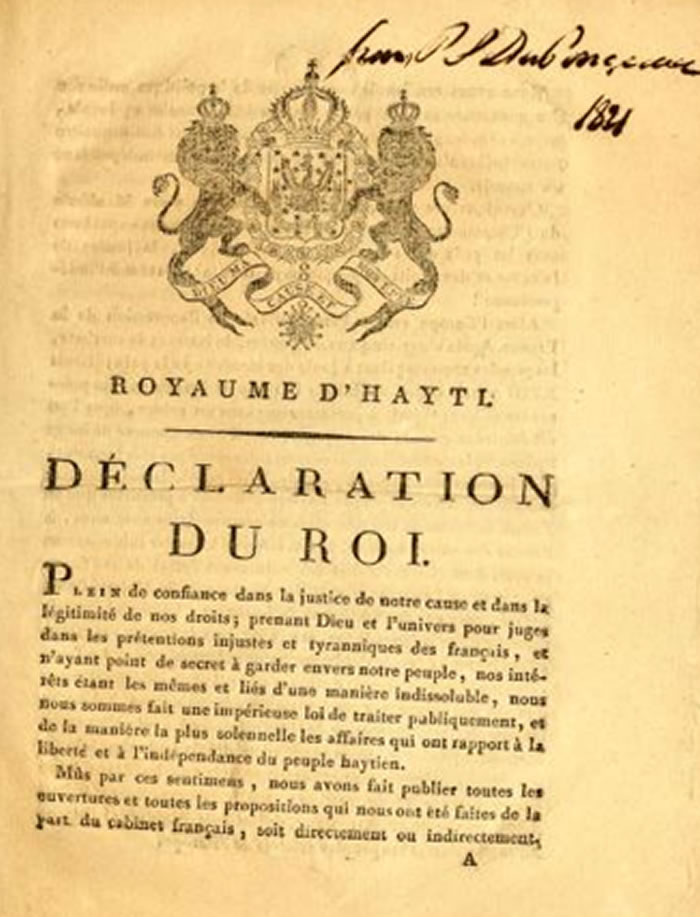
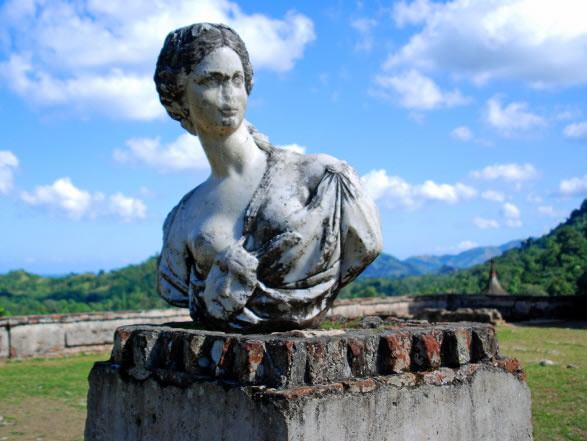
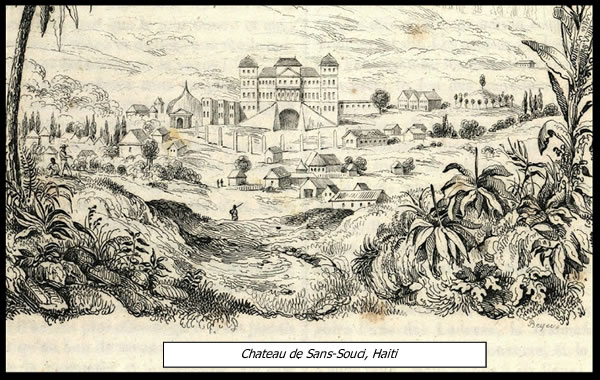
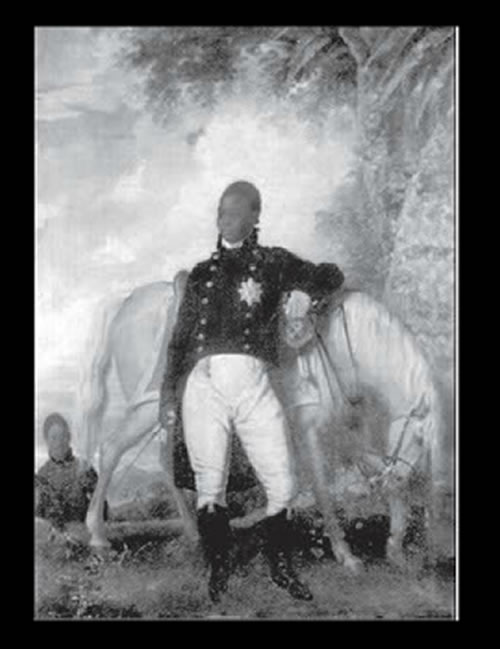
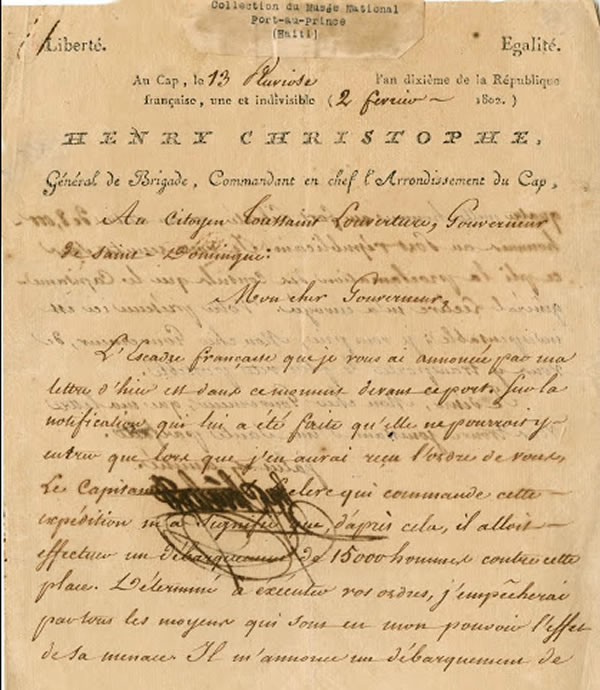
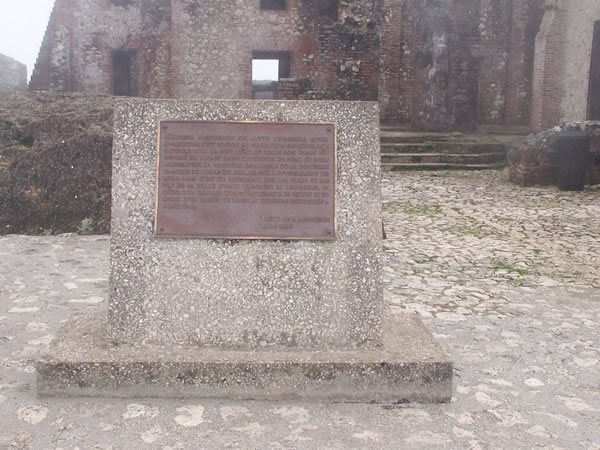
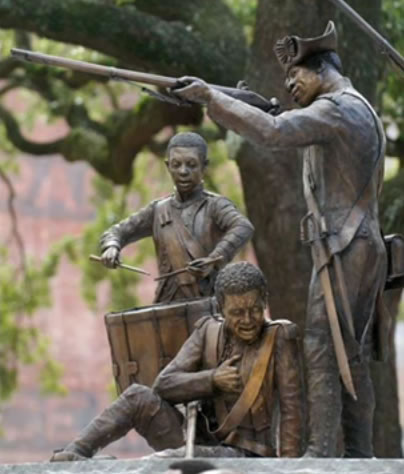

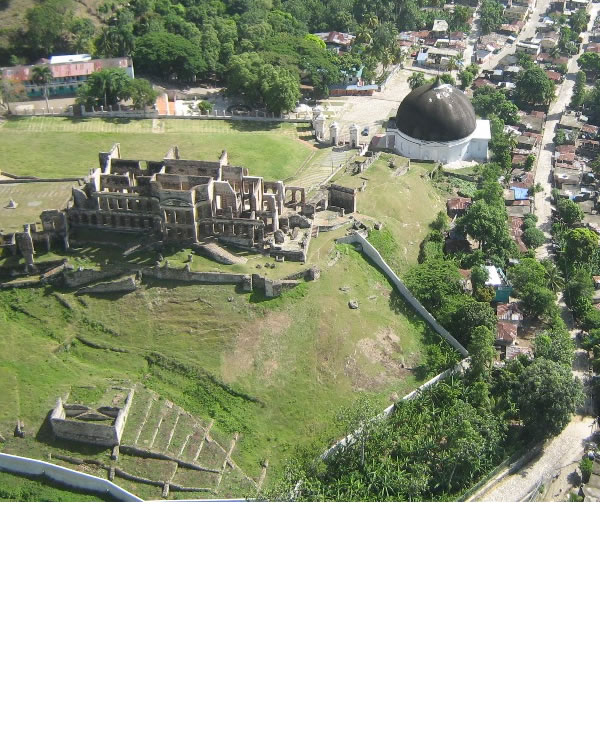
 Ernst 'ZeNono' Jean-Baptiste wants to replace Sepp Blatter as...
Ernst 'ZeNono' Jean-Baptiste wants to replace Sepp Blatter as... 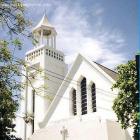 Nouveau College Bird in Port-au-Prince, Haiti
Nouveau College Bird in Port-au-Prince, Haiti  Duty Free Americas (DFA) store at Toussaint Louverture...
Duty Free Americas (DFA) store at Toussaint Louverture...  Jovenel Moise, the president has spoken. Period
Jovenel Moise, the president has spoken. Period  Jack Guy Lafontant resigns as Haiti Prime Minister
Jack Guy Lafontant resigns as Haiti Prime Minister  Dr. Michaëlle Amédée Gédéon is dead
Dr. Michaëlle Amédée Gédéon is dead  Haitians, the second largest black immigrant group in the US
Haitians, the second largest black immigrant group in the US  Port-au-Prince on fire over gas prices hike
Port-au-Prince on fire over gas prices hike 